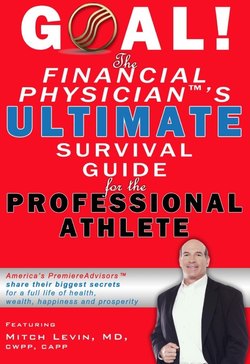Читать книгу GOAL! The Financial Physician's Ultimate Survival Guide for the Professional Athlete - Mitch Ph.D. Levin - Страница 17
Example:
ОглавлениеLet’s use the widget example. Assume you own 100% of the stock of the company that puts defective widgets into the stream of commerce. Assume the company is sued and loses a $10,000,000 jury verdict because of these widgets.
In this example, the creditor is stuck going after only after assets inside or owned by the company and cannot go after your personal assets and are considered an “inside” creditor (this is the very reason corporations are used for asset protection purposes).
Outside creditor. This is a creditor who can go not only after a corporation’s assets, but your individual personal assets as well.
Example:
Assume you had a summer party at your lake house that has a 20 step staircase going down to a beach. Assume the hand rail used on the staircase to get down to the beach was not in working order. Assume that when someone used the handrail to go down to the beach it broke and that your friend tumbled down the stairs and sustained significant injuries (including a head injury).
The injured friend could sue you personally and go after “all” of your personal assets and therefore is considered an “inside” creditor.
Limited Liability Companies (LLCs),
Family Limited Liability Companies (FLLCs) and
Family Limited Partnerships (FLPs)
LLCs, FLLCs and FLPs are “the” tools to use when it comes to asset protection. The following material will give you the reasons from A-Z as to why an LLC, FLLC, or FLP is used by most of the asset protection gurus around the country when advising clients.
For future use in this section of the book, we will use LLC interchangeably as a term that stands for all three entities (LLC, FLLC, and FLP). For asset protection purposes, each entity works the same.
What is an LLC and How Does it Function? LLCs were first introduced in 1976 and have increased steadily with their popularity each year since their introduction. FLPs had been around for years prior to the LLC and were the traditional workhorse of asset protection and estate planning experts. But the FLP had limited applicability to a traditional business, which most of the time did not involve family members or friends, and left the general partner of the FLP liable for all debts and liabilities of the partnership.
LLCs were designed to bring together a single business organization with the best features of the pass-through income tax treatment of a partnership and the limited liability of owners in a corporation.
From a corporate operations standpoint, an LLC functions similarly to an S- or C-Corp in many ways.
